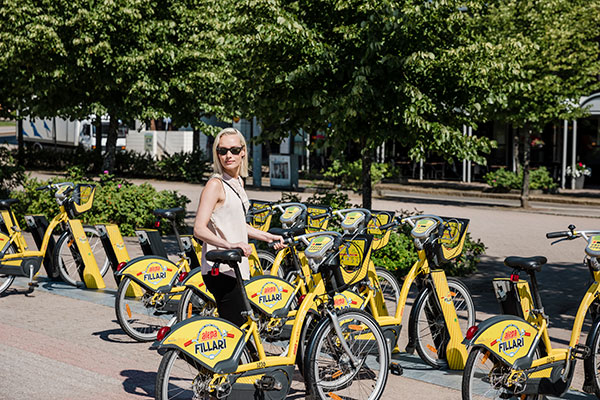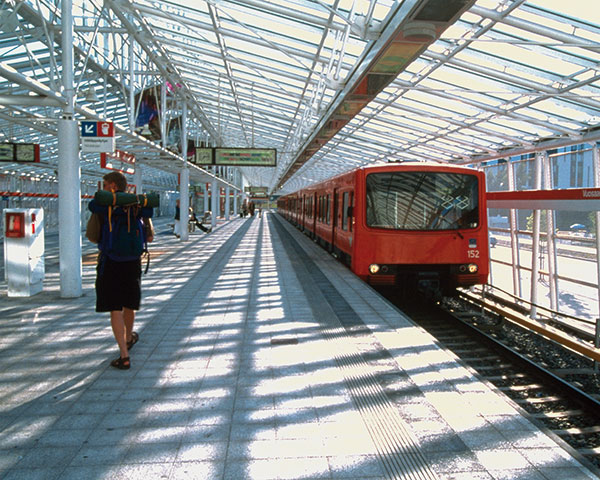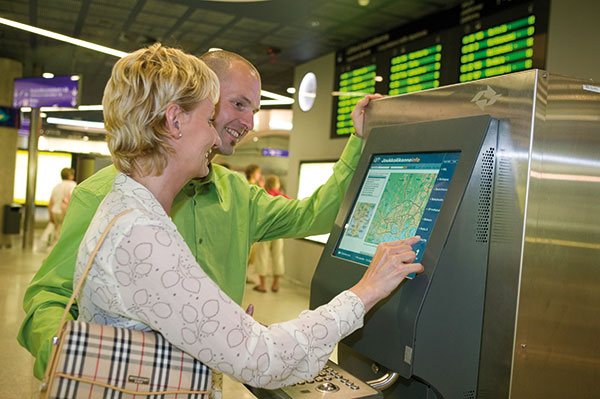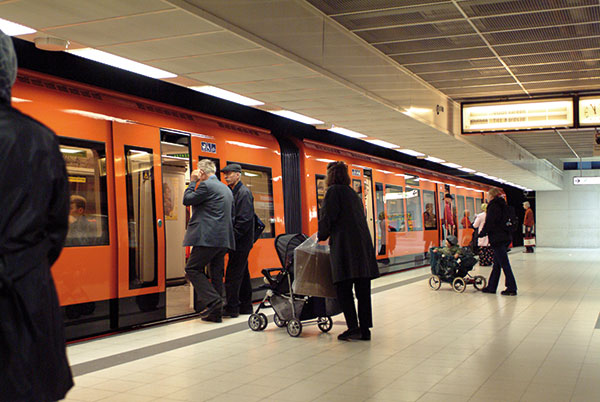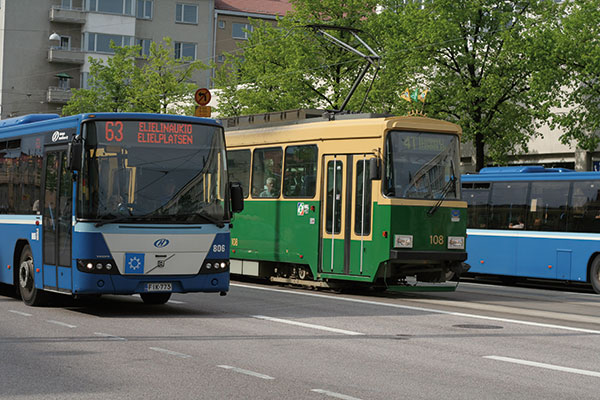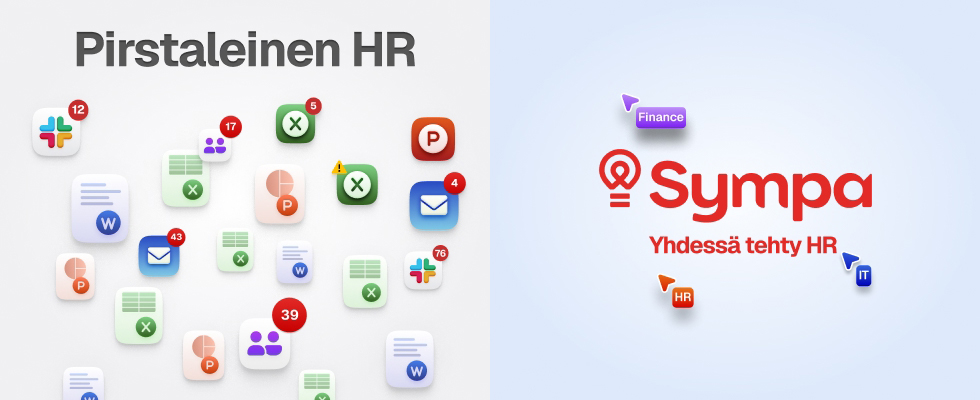
Rethinking Urban MobilityThe evolution of MaaS shows considerable promise – but does it have the reach to flip the script for city transport globally?
Photo: City of Helsinki Media Bank / Miina Pohjolainen Communities today strive for urban functionality in all their endeavors. With “Smart & Sustainable” as the mantra in many a metropolis, cities are searching for digital solutions with a definite green edge. One of the new urban-proof concepts is MaaS, Mobility as a Service.
Adding IQ into the way we move people and goods, of course, is hardly a novel idea. Finland has, however, been trailblazer in this regard, having published the first intelligent transportation strategy in the world in 2009. It defined intelligent transportation as “usage of information and communications technologies to optimize the transportation system” and recognized that this would mean a major shift in focus, from maintaining and developing traffic routes to customer-based operation of the whole traffic system. Already in 2006, however, Sampo Hietanen, CEO of non-profit networking organization ITS Finland, had been tinkering with the concept of Mobility as a Service, and he started actively making the rounds to promote the new urban idea.
Push for BusinessMaaS made a major breakthrough in 2014 as Aalto University engineering student Sonja Heikkilä published the first master thesis on Mobility as a Service. Heikkilä was quickly propelled to national and international stardom, as she was featured on Bloomberg and in The Guardian, among others. Sampo Hietanen served as co-instructor for the paper – and, in fact, it was Hietanen’s presentation on MaaS that had triggered Heikkilä to focus her thesis on it. Sampo Hietanen had been thinking about the commercial possibilities of the concept for years. Finally, startup company MaaS Global kicked off in late 2015 with Hietanen at the helm. The “world’s first true Mobility as a Service operator” went to work with its app, Whim, which was launched in December 2017. The application provides users all city transport services in one app and is the first all-inclusive MaaS solution commercially available on the market. With over three million trips made, Whim allows users to journey where and when they want with public transport, taxis, rental cars, and many other options, all under a single monthly subscription. The main idea behind Whim is to “revolutionize users’ travel habits” in favor of circular modes.
Busting All ParadigmsAccording to CEO Hietanen, mobility is the second-biggest sector of economic activity in the world after real estate, and it is entering “a hurricane of change”. “Europe, with its walkable cities and dedication to public transportation, stands to be at the forefront of this positive change,” Hietanen believes. “But that is not going to happen if every public transport operator in every city tries to go it alone, which is all too often the case.”
Whim was born global – and urban. According to the estimates by the United Nations, 68% of the world’s population will live in urban areas by 2050. This means that cities are facing even greater challenges to keep up with the growth using their present transportation systems, which creates a need for new transport solutions and services to simplify the trip-making process for citizens. Through the MaaS platform, users can access a variety of transportation services covering each individual mobility need. While expanding cities struggle against growing congestion and CO2 emissions, public transportation infrastructure becomes an increasingly important element for the livability of the cities. Multimodal MuscleIn March 2019, MaaS Global and engineering consultancy Ramboll published an impact study on the current state of MaaS. In the study, Ramboll analyzed data of 70,000 registered users based on Whim’s first operating year in Helsinki. The study’s key findings indicate that public transportation is the backbone of MaaS. For instance, Whim users make 73% of their trips with public transportation compared to 48% trips made by the average citizen – and 42% of all Whim users’ city bike trips are combined with public transportation. In addition, Whim users are steeped in multimodalism, using both bicycles and taxis to solve the ‘first mile - last mile’ problem. Whim customers deploy a wide range of transportation services, and they are clearly shifting to sustainable mobility patterns, which is likely to have a major impact on city congestion and car dependency, the study finds. Interface OnlyWhim has sometimes been called “the Netflix of transportation”, but Sampo Hietanen has noted there is a big difference: while Netflix produces many of its shows themselves, MaaS Global only produces the interface, not any of the services. Hietanen admits that nothing in this world was built for MaaS, and the company has to battle through both red tape and old habits to conquer new markets.
In his CEO blog, Hietanen writes that making MaaS work does not mean just tweaking the app. “We must tweak the world too, the way our partners cooperate and the way business ecosystems are structured.” In Hietanen’s view, the world of transportation is going through disruption that is technology-enabled but, fundamentally, demand-driven. According to him, when there is “clear and present urge” from the public, the MaaS revolution is not a question of if, but a question of when – and the time might very well be right now. Text by Sami J. Anteroinen Seuraa PublicomediaPublicomedia uutiskirje |
PUBLICO - TOIMIALAMEDIAT HR viesti
|

